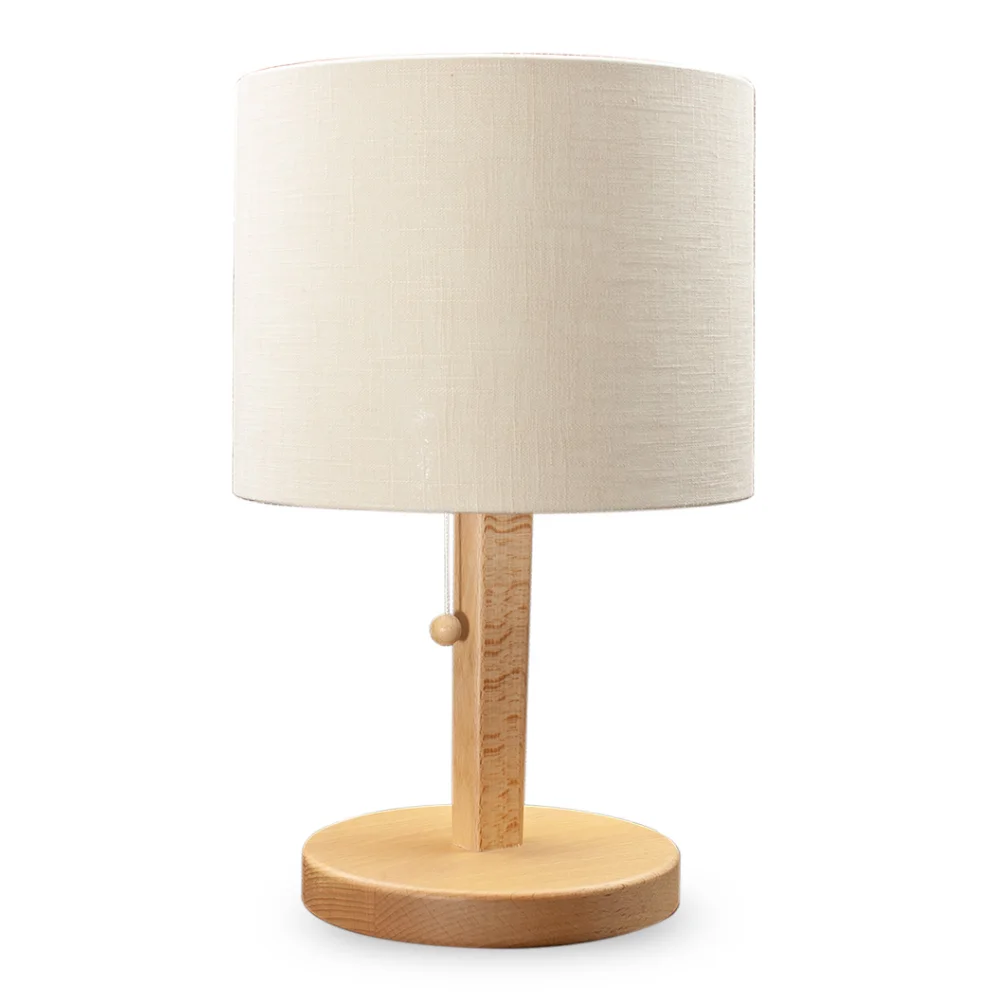Frequency
Frequency is the number of occurrences of a repeating event per unit of time.
Below are the most frequently asked questions about frequeny:
Frequency is the number of occurrences of a repeating event per unit of time.
It is a physical measurement that is important for describing periodic processes, such as vibrations. The number of vibrations of a frequency is expressed in HertzThe Hertz (Hz) is the unit used to measure frequency. Hertz gives the numbers of repeated oscillations (processes) per second. More.
Frequency in building biology and in practice
Frequencies and vibrations are inextricably linked and accompany us through our whole lives. However, we talk more about Hertz in real life. “What frequency does your WLAN operate on? 2.4 GHz (gigahertz).” Generally, electromagnetic topics are divided into two types of frequency: low- and high-frequency. Current is low-frequency, radio waves are high-frequency.
Frequency or Hertz is a topic in geobiologyGeobiology deals with cause studies and shielding technology for restoring and maintaining health. More when it comes to technical shieldingShielding is the protection from the effects of external fault zones and environmental influences (on a person's health most of the time). More from electrosmogElectrosmog is a colloquial term for all emissions from electric, magnetic, and electromagnetic fields. More. The higher the frequency of the electromagnetic vibrationA vibration (also oscillation) is described as a measure that repeats after a determined time interval. More, the harder it becomes to protect from. However, this is connected to the power of the vibration, which, in the case of radio waves, is expressed in watts.

We use mains disconnectors, shielding mesh, and shielding paint to protect from low-frequency (current)Low-frequency (LF) is a technical description of frequencies that are in the range of audible sound waves. More. We use shielding fabric, shielding mesh, and shielding paint to protect from high-frequency (mobile radio, W-LAN, DECT, HSDPA, LTE…).
Frequency in detail on Wikipedia






















